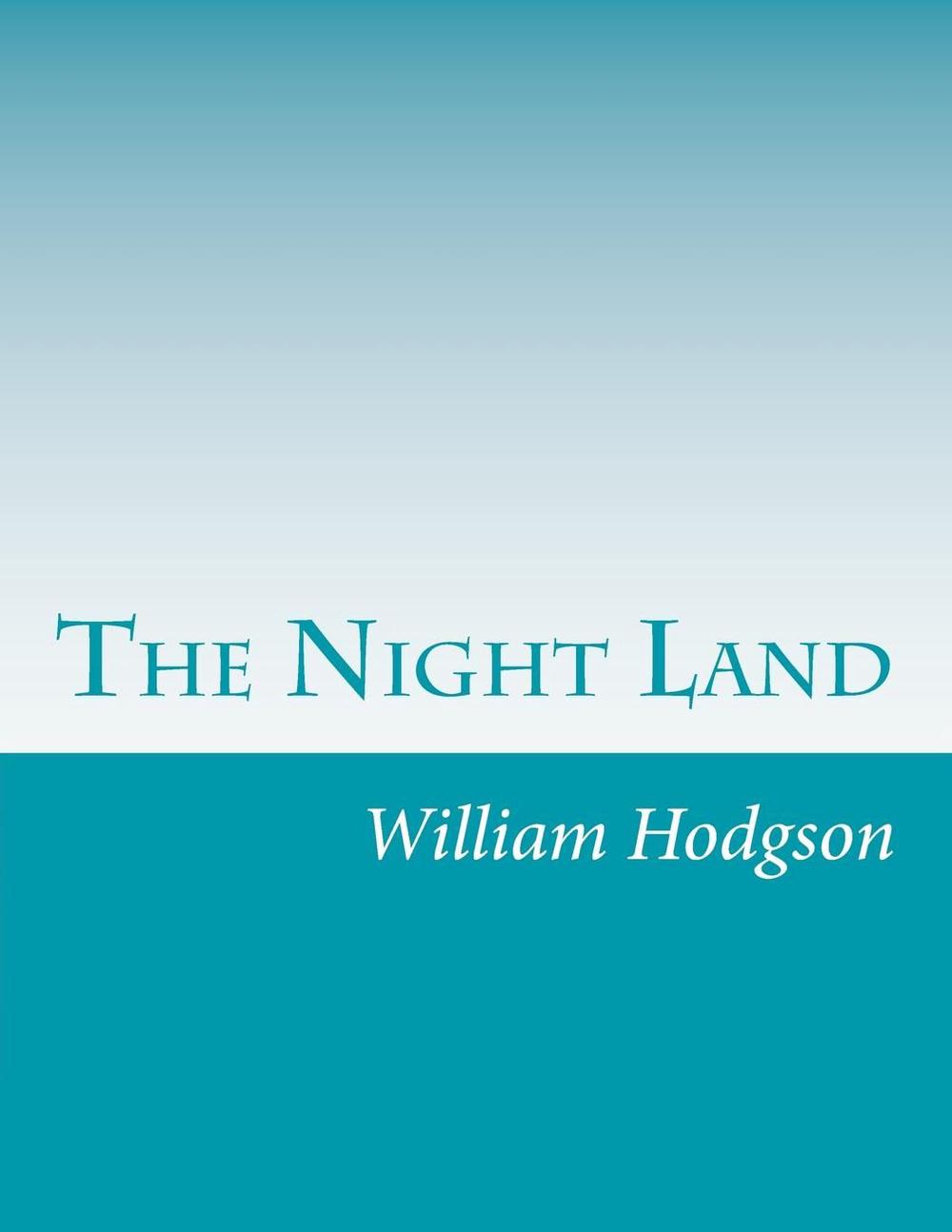

The last few millions of the human race are gathered together in a gigantic metal pyramid, nearly eight miles high-the Last Redoubt, under siege from unknown forces and Powers outside in the dark. So Hodgson knew about the accolades Bradley had all the way back to middle school.

for tax year: 2016 Property class: M S H&b Forest Land, Not Designated. Hodgson is from Jamestown, New York, while Bradley is from Rochester, about 2.5 hours away. The Sun has gone out and the Earth is lit only by the glow of residual vulcanism. Trove is a collaboration between the National Library of Australia and hundreds of Partner organisations around. her son was killed for a paycheck he had cashed that night he went missing. Instead, the story focuses on the future. Once into the book, the 17th century framing is mostly inconsequential. Critic Ian Bell has suggested that John Milton's epic poem "Paradise Lost" (1667) is probably a partial literary inspiration for Hodgson's novel, especially due to the hellish visions of sombre intensity which mark both works, and other similarities including the use of massive structures (the Temple of Pandemonium in Milton and the Last Redoubt in The Night Land). A 17th-century gentleman is reincarnated on a far-future Earth where.

The language and style used are intended to resemble that of the 17th century, though the prose has features characteristic of no period whatsoever: the almost-complete lack of dialogue and proper names, for example. The beginning of the book establishes the framework in which a 17th-century gentleman, mourning the death of his beloved, Lady Mirdath, is given a vision of a far-distant future where their souls will be re-united, and sees the world of that time through the eyes of a future incarnation.


 0 kommentar(er)
0 kommentar(er)
